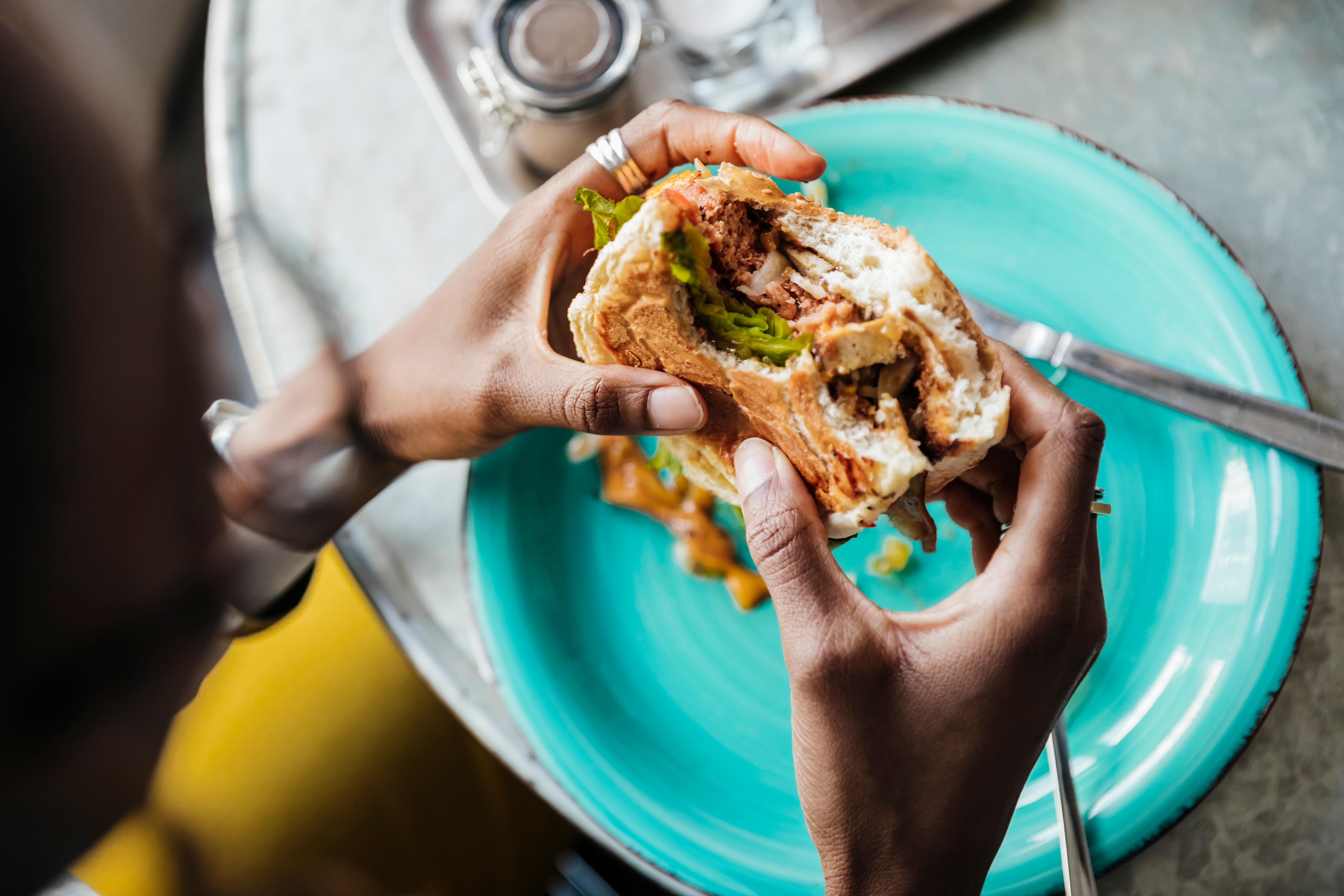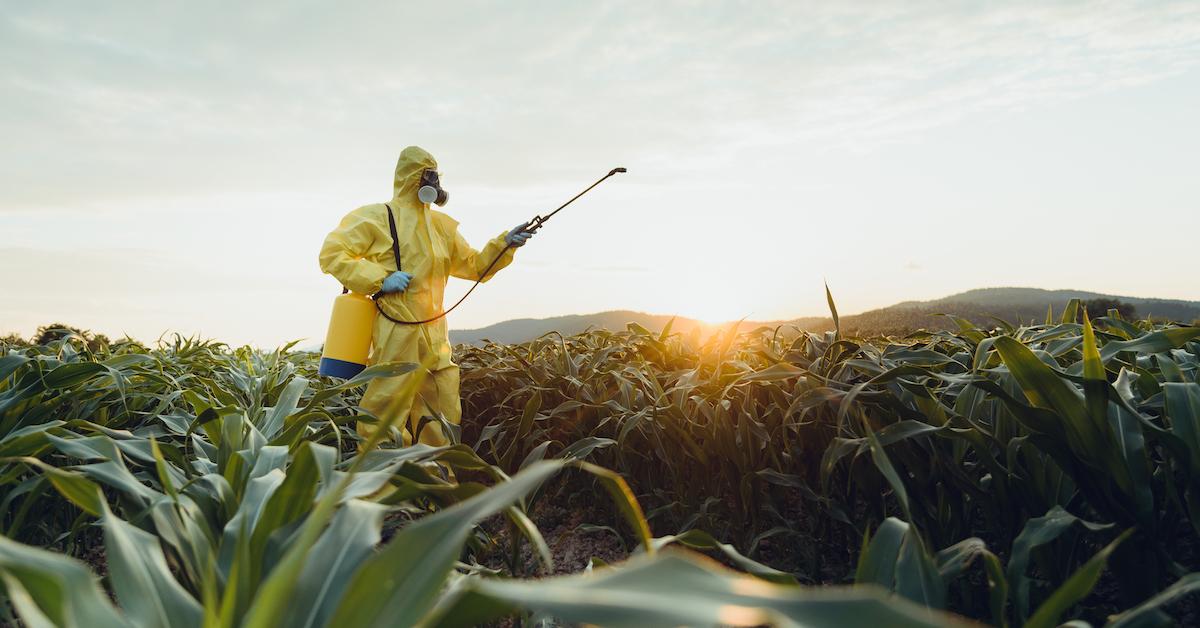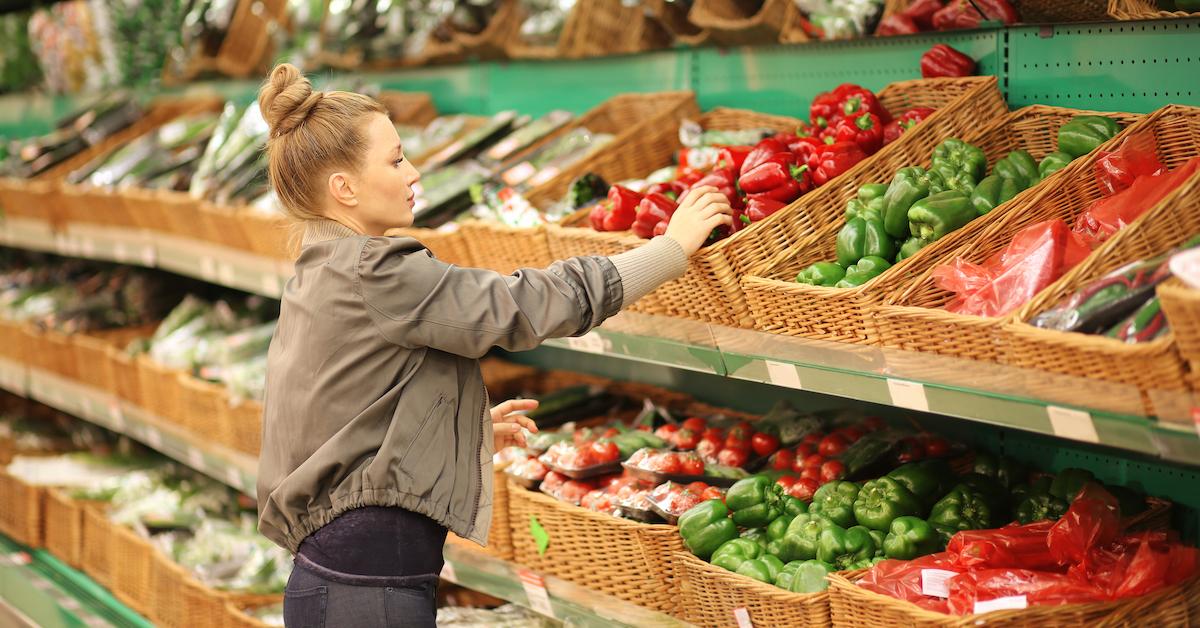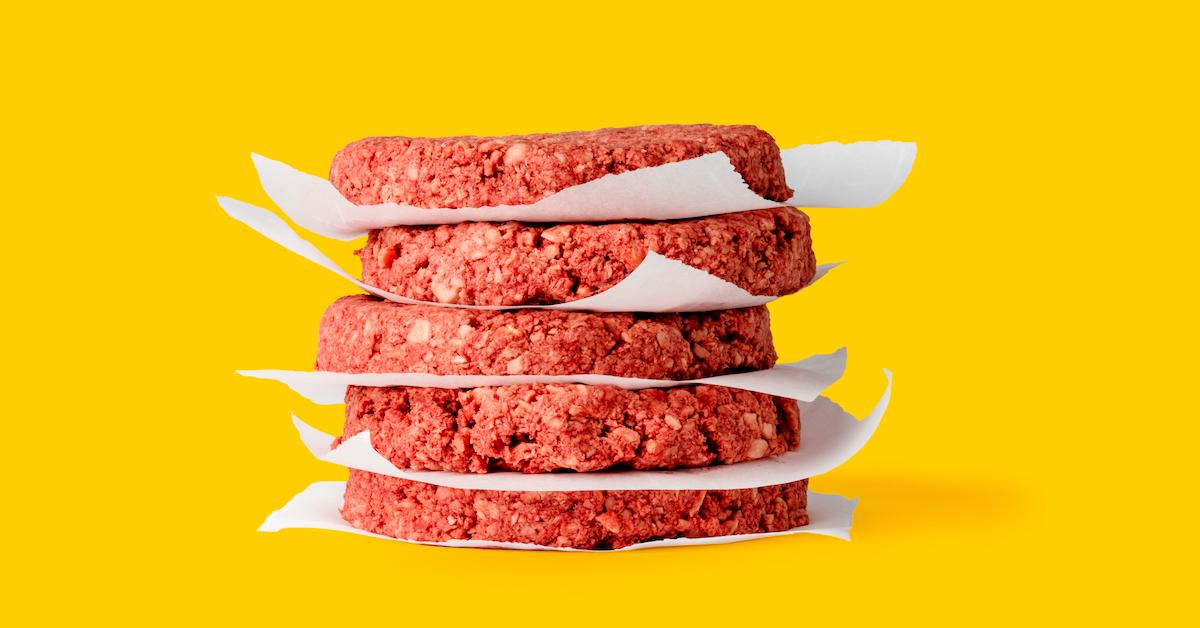What Is a Genetically Modified Organism, or GMO?

What is a Genetically Modified Organism, or GMO?
As explained by the Non-GMO Project, a genetically modified organism, also known as a GMO, is an organism (usually a plant or an animal) whose genes have been modified or mutated in a laboratory, resulting in an organism that does not naturally occur, but has some sort of new and "desirable" trait.
This is most often done in order to make crops resistant to herbicides, so that herbicides can be used to destroy weeds and other undesirable plants, while the crop continues to flourish, according to the Environmental Working Group. GMO crops have also been manipulated to do things like resist frost, diseases, or animals.
In our society, GMOs are most prevalent in crops that are fed to livestock, but they are also used to feed humans and for a host of other functions.
How Are GMOs Created?
GMOs are created in a lab using genetic engineering or transgenic technology. Genetic engineering is when a scientist manipulates the DNA or genetic material of an organism. There are a variety of methods for doing this, which include: changing a base pair, removing some of the organism’s DNA, combining the DNA with another organism’s DNA, and induced mutation, as per Your Genome.
Transgenic technology is a similar process, and is done by introducing a new genetic material to an organism’s germ line, according to a study published in ILAR Journal.
When Were GMO Crops Created?
According to the United States Department of Agriculture (USDA), in 1982, a tomato became the very first genetically engineered plant. However, the U.S. did not begin commercially producing GMO crops until 1996, when Monsanto began selling Roundup (more on that below).
What Does Non-GMO Mean?
Food labeled non-GMO is food that was not genetically modified in a laboratory. It is either in its natural state, or it has only been modified via crossbreeding. These foods can either be organic or non-organic.
Which Foods Are GMO?
The two most commonly grown GMO crops in the U.S. are corn and soybeans. Other GMO crops include alfalfa, canola, cotton, and sugar beets, among others. More than 90 percent of the corn and soybeans grown in the U.S. is genetically modified, according to a USDA report.
Interestingly, only about 6 percent of the world’s soybeans are actually eaten by humans. About 70 percent of the world’s soybeans are fed to livestock, and the remaining soybeans are turned into products like vegetable oil or biodiesel, according to the Union of Concerned Scientists. So even though soy gets a bad reputation for causing so much deforestation, that doesn’t mean we need to stop eating tofu — it means we need to stop raising animals for meat, dairy, and eggs.
Can GMO Foods Be Organic?
Since the point of genetically modifying a crop is often to make it resistant to pesticides or herbicides, GMO crops cannot be organic. In fact, if a food is labeled organic, that almost always means it is non-GMO, according to the USDA.
How to Know if a Food is Non-GMO?
As mentioned above, one way to determine if a food is non-GMO is if it’s labeled organic. Any food that’s organic, whether it’s a whole plant food, an animal product, a packaged snack, or a meal in a restaurant, is by default non-GMO. If an animal-derived food is labeled organic, that means the animals you are eating was theoretically not fed any GMO feed during their lifetime.
Another way to identify non-GMO foods is by looking for the Non-GMO Project Verified seal. However, Consumer Reports did a study and found that some foods with the USDA organic or the GMO Project Verified Seal still contained up to 0.9 percent GMOs.
What Is the Non-GMO Project?
The Non-GMO Project is a nonprofit organization that runs a third-party non-GMO verification program. The organization is behind the “non-GMO verified” seal that a butterfly image that you would probably recognize from various food packaging. Any item with the official seal is supposed to be free of genetically modified foods.
What Are Glyphosate and Roundup?
Glyphosate is a non-selective herbicide, which means it kills most plants — except for plants that have been genetically modified to resist it, which are often called “Roundup Ready” crops. As explained by The Scientist Magazine, the corporation Monsanto (now owned by Bayer) began using glyphosate as an herbicide in the 1970s, commercially releasing it under the name Roundup. Two decades later, in 1996, Monsanto had developed “Roundup Ready” genetically modified crops, which were modified to resist the herbicide Roundup. That way, the crops can be doused in glyphosate and still thrive, while weeds and other unwelcome plants will be killed.
Glyphosate is highly controversial, and according to Fortune, the World Health Organization classifies glyphosate as carcinogenic. In fact, about 11,200 people who have developed cancer or other negative health conditions since using Roundup or Ranger Pro (Bayer’s other glyphosate-based product) are currently suing Bayer, according to Fortune. Bayer has already been charged and ordered to pay two plaintiffs who allege that Roundup caused their cancer.
In response to the suspected ties to cancer, some countries and cities have banned the use of glyphosate. U.S. cities with glyphosate bans include various cities in Florida, California, Illinois, Maryland, Kansas, and New York, according to Baum Hedlund Law.
Are GMOs Bad for the Environment?
While the science on this varies, it’s pretty clear that Roundup Ready crops can have a negative environmental effect. The point of Roundup Ready crops is that they can survive through being sprayed by an avalanche of herbicides. In fact, between 1974 and 2016, more than 1.6 billion kilograms of glyphosate have been applied across the U.S., according to a study published by NCBI.
Herbicides have a variety of negative environmental effects. According to the EWG, glyphosate can be harmful to small wildlife including birds and insects, and most importantly butterflies. Some experts believe glyphosate has contributed to the depletion of monarch butterflies, the EWG noted. Additionally, a study published on ScienceDirect found that glyphosate may be a driver of antibiotic resistance in humans. Not to mention, glyphosate can negatively impact biodiversity when the chemical seeps into the soil and then into plant roots, when it gets washed by the rain into waterways, and when it gets blown into wild animal habitats by the wind.
Are GMOs Safe to Eat?
Since GMOs are relatively new, there isn’t enough data yet for a definitive answer to this question — but there are plenty of opinions and early science on the topic out there. Many environmentalists and health organizations assert that GMOs are carcinogenic and linked to other health concerns, and that eating genetically modified foods should be avoided as much as possible.
Conversely (and unsurprisingly), Bayer, other manufacturers of glyphosate, and producers of GMO crops tend to have opposing opinions on this, often claiming that there is no definitive proof that GMOs are unhealthy. All that being said, it will be interesting to see how perceptions and science surrounding GMOs continue to evolve in the future.
Photo Source: Scott Olson/Getty Images
Latest What Is a Genetically Modified Organism, or GMO? News and Updates

The 7 Best Organic Baby Formula Brands That Abide By the Strictest Standards
These organic formulas, both milk-based and vegan, are free of synthetic chemicals, GMOs, and artificial additives.
No, a Bill Gates-Funded Mosquito Project Did Not Cause a Malaria Outbreak in the U.S.
Bill Gates' support of genetically-modified mosquito research has made its way to the headlines after several malaria cases were reported in the U.S. However, despite what some say, the two are not connected.
What Is the Difference Between Organic and Non-GMO? Here's What You Should Know
Does organic mean non-GMO? Here's what each term means, and the difference between the two so you can better understand the terms and phrases.
Is It Safe to Eat GMOs? Here's What the Science Says
Is it safe to eat GMOs? Keep reading all about the history and potential future of GMOs.
Is Plant-Based Meat Healthier For You Than Real Meat? Here's the Scoop
A plant-based lifestyle may ultimately be healthier, but does that mean plant-based meat itself is healthier than beef alternatives?
2020’s Dirty Dozen and Clean Fifteen Are Here, To Help You Shop for Pesticide-Free Produce
The Dirty Dozen and Clean Fifteen were just released by the EWG, providing guidance on shopping for pesticide-free produce.
2019's Dirty Dozen and Clean Fifteen Are Here, Proving That Avocados Are Flawless
The 2019 Dirty Dozen and Clean Fifteen lists reveal which produce you should buy organic.
Are GMOs Sustainable?
GMOs are a controversial topic — but how exactly do they affect the environment?
Pros and Cons of GMOs: Is Eating GMOs Bad For You?
Here's everything you need to know about how GMOs affect the environment and our health.
Why Is Organic Food More Expensive Than Conventional Food?
Organic food is growing in popularity, but still so much more expensive than conventional food — here's a look at why that is.
What Is Heme? Impossible Foods’ Magic Ingredient Has Caused Some Controversy
Heme is what makes the Impossible Burger taste like meat — and there's so much to learn about the magical molecule.